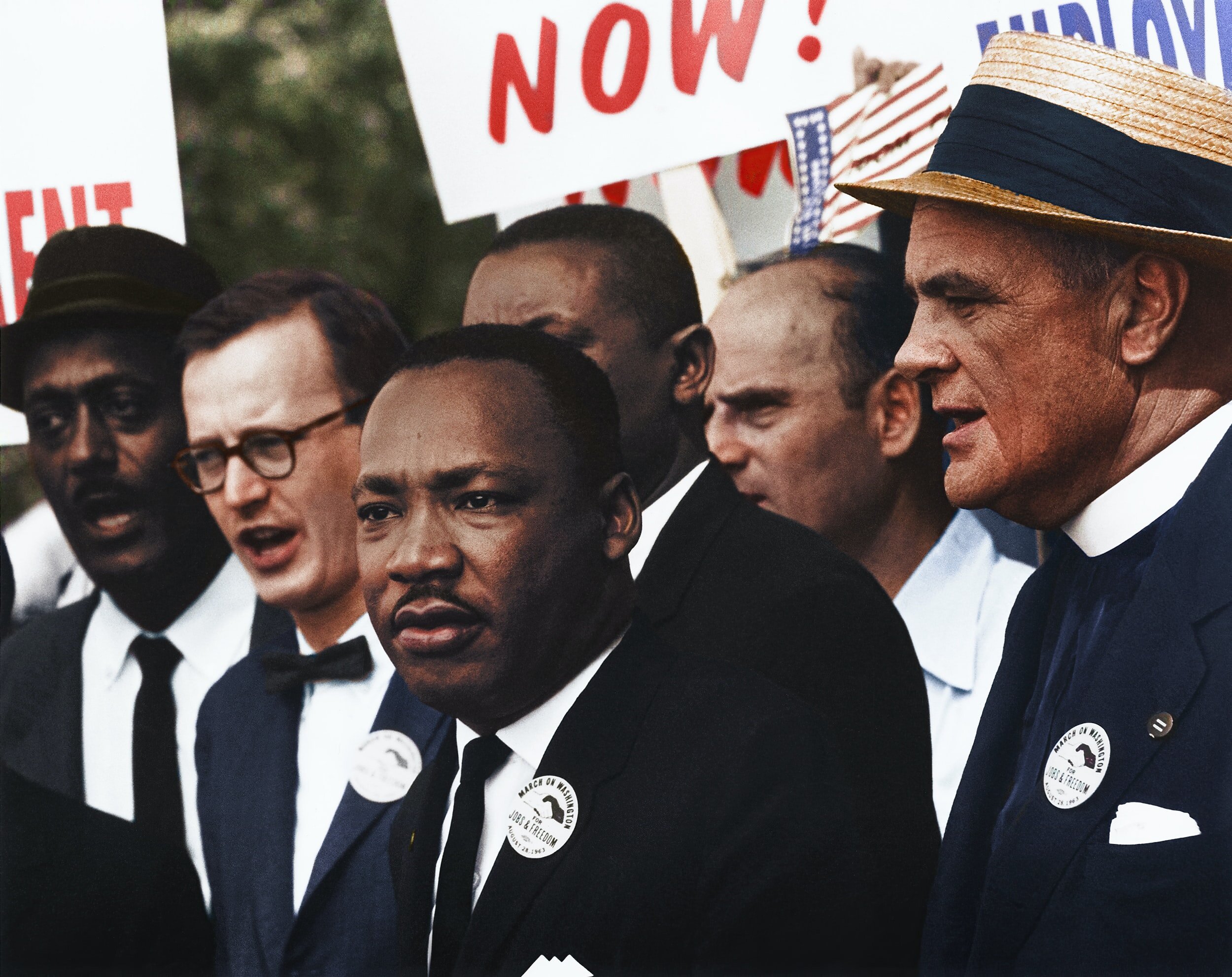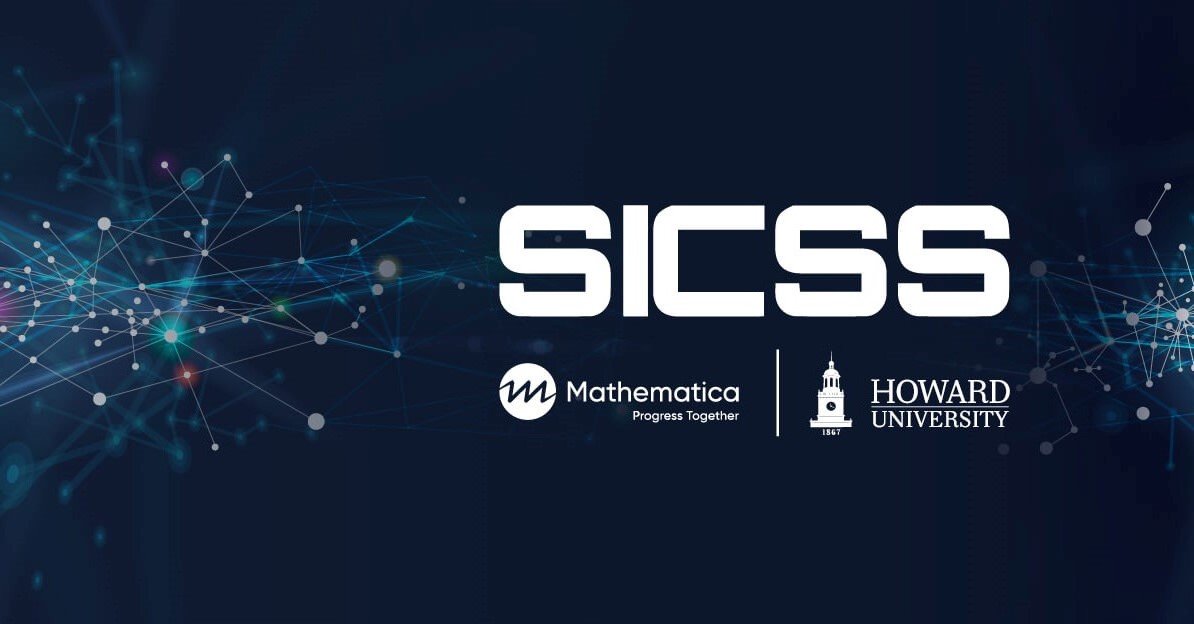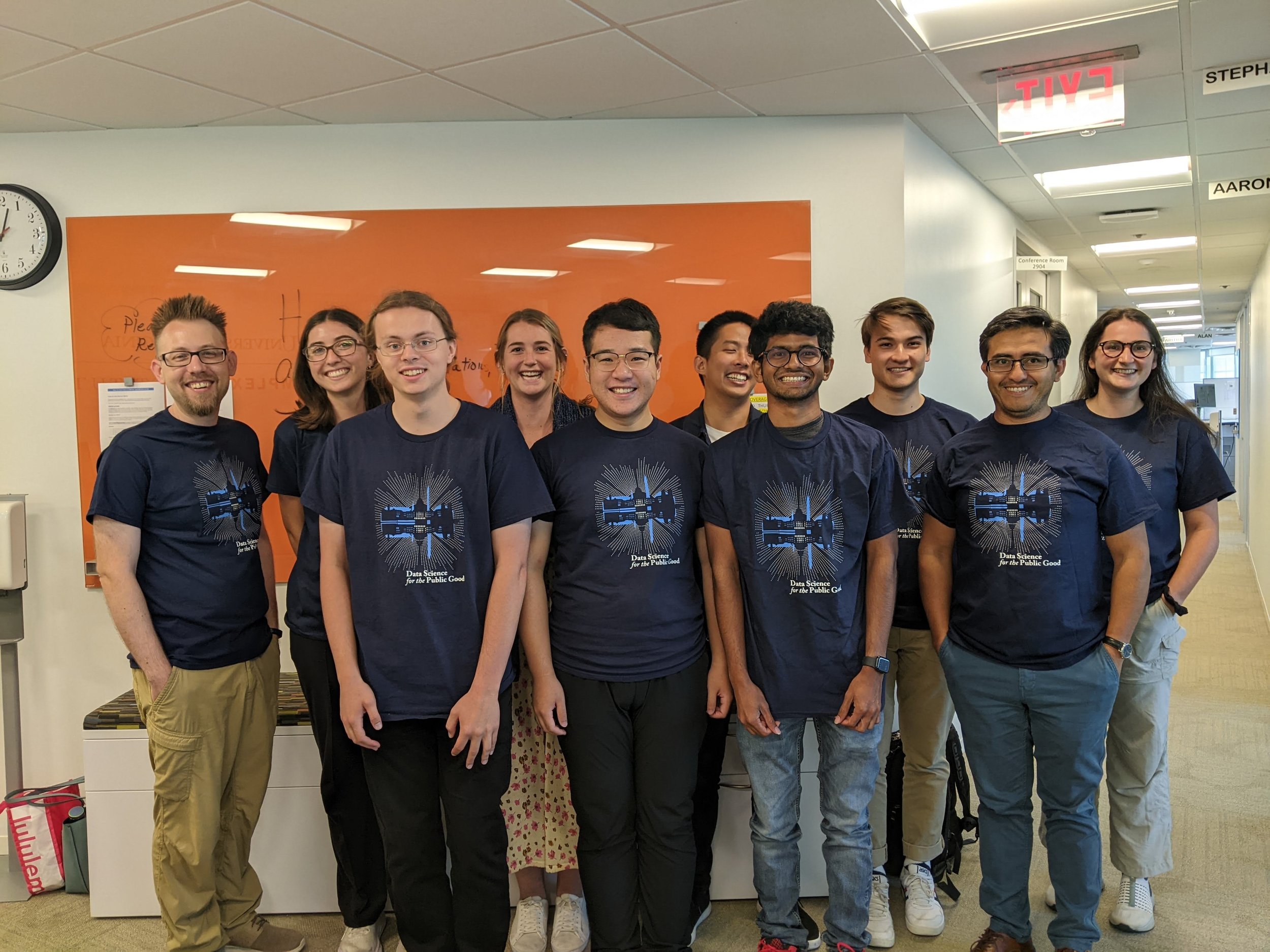Disseminating Research with an Equity-Focused Lens
By Dawn A. Rowe, Ph.D, member of the CTE Research Network Equity Working Group and Professor East Tennessee State University
Learn more about using the Equity Framework in your research!
What a rush, I am so excited. I just wrapped up the synthesis of my research findings and am ready to submit my findings to a scholarly journal!! But wait, I know scientific evidence alone will not improve the use of research in school improvement related to Career Technical Education (CTE). The peer reviewed journals are read predominately by other researchers and according to Farley-Ripple (2022) is not a product practitioners’ access readily to consume research. I want to get these findings in the hands of CTE practitioners, administrators, business and industry partners, and students, as I think they may find benefit. As Marín-González and colleagues point out “effective dissemination and communication of research are vital to ensure that research is taken up and makes a difference (with social, political, or economical impact) (p., 259).
The final stage of research consists of reporting the findings to those you think might use the results. According to the CTE Research Network’s Equity Framework for Career Technical Education, dissemination of research findings requires researchers to design “dissemination strategies that can reach different audiences” (Equity in CTE Workgroup, 2022, p. 24). When thinking about dissemination so many questions come to mind. For example:
Who is my audience and how might they differ in terms of race, ethnicity, gender, ability, socioeconomic status, and other factors? I want to ensure my research is accessible and relevant to all members of my target audience, regardless of their background.
Is the language I used in my write-up inclusive? Have I avoided stereotypes and assumptions about certain groups in my discussion? Have I used language that would be considered exclusionary or offensive to any particular group?
How will my research impact different groups of people? What are potential unintended consequences to consider as I think about sharing my results?
Have I addressed any potential biases in my research and considered ways to mitigate them?
I want to ensure the ways I propose to reach potential users is appropriate and sufficient. I could use an open access platform to disseminate my findings. This would increase visibility of my research, but again, not sure if it would impact use. I can also plan to present my findings at the Annual Association for Career & Technical Education Conference. According to Farley-Ripple (2022), this is a preferred method to consume research findings. However, I am not sure this will be sufficient. My plan needs to consider the diversity of my audience and include more than one outreach medium to maximize the results of research.
To translate the research to practice, I look to the CTE Research Network’s Equity Framework for Career Technical Education and the other literature on research dissemination. Interestingly when you search research dissemination, you find various other terms describing either all or part of the process (e.g., knowledge transfer, exchange, mobilization). Research-based strategies are available to support researchers with this concept of knowledge translation or sometimes referred to as knowledge mobilization. Simply put, knowledge translation is a method for closing the gaps from what we know and what we do. This process can be simple or more complex, but requires a research team to consider questions of what, why, who, how, and when. The process is not linear, it is an interdisciplinary process that includes diverse knowledge-user groups. Table 1 includes some tools to get you started.
Resources to Support Knowledge Translation through an Equity-focused Lens
Career Technical Education Research Network’s CTE Research network’s Equity Framework for Career Technical Education. Provides guidance for implementing the six stages of the research cycle for CTE with an intentional focus on equity
Center on Knowledge Translation for Disability & Rehabilitation Research Knowledge Translation Guide. Describes various models of knowledge translation and the effectiveness of the strategies.
Survey of Evidence in Education for Schools. Describes the actions and activities of educators concerning the use of evidence in decision-making
Rethinking Research for Schools. Provides strategies for knowledge mobilization
References
Equity in CTE Workgroup. (2022). Equity framework for career and technical education research. American Institutes for Research, Career and Technical Education Research Network.
Farley-Ripple, E., Van Horne, S., Tilley, K., Shewchuk, S., May, H., Micklos, D. A., Blackman, H. (2022). Survey of Evidence in Education for Schools (SEE-S) Descriptive Report. The Center for Research Use in Education (CRUE) & the Center for Research in Education and Social Policy (CRESP), University of Delaware. Available from http://crue.cehd.udel.edu/
Farley-Ripple (2021). Research brokerage: How research enters and moves through schools. Retrieved from: http://www.research4schools.org/wp-content/uploads/2021/09/Research-Brokerage-Brief-FINAL.pdf



























Read this collection of multidisciplinary articles to explore epistemological questions in Indigenous research.